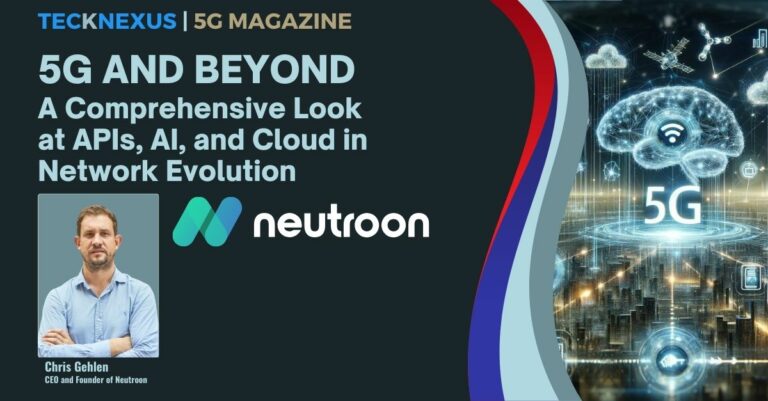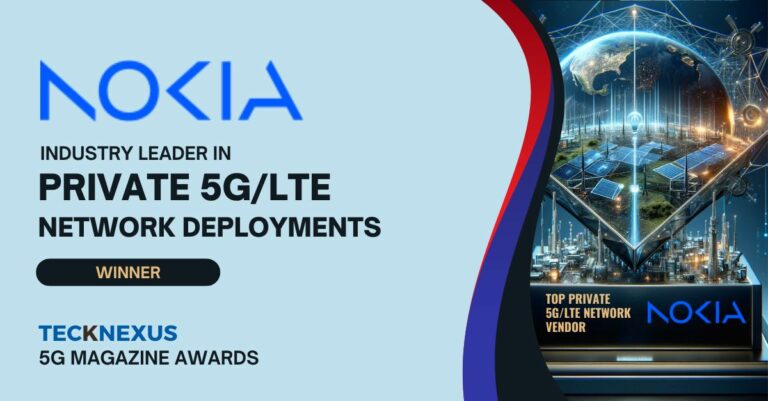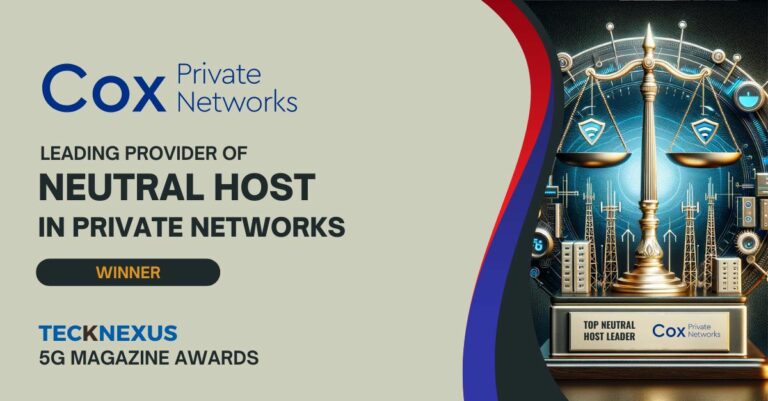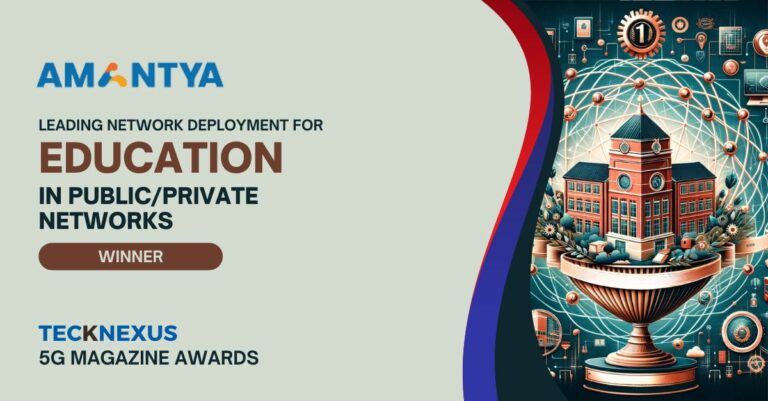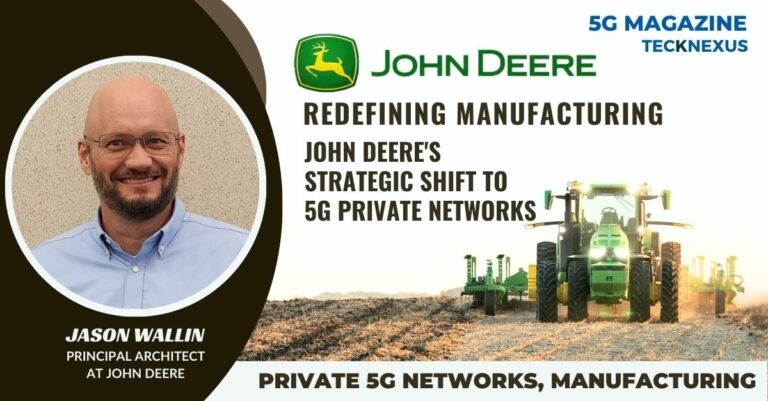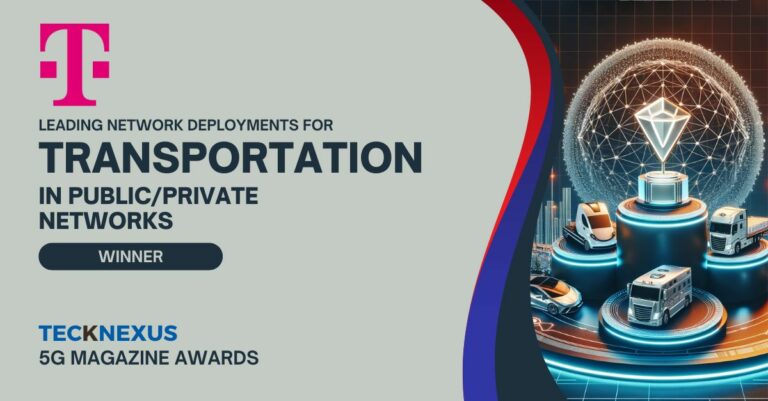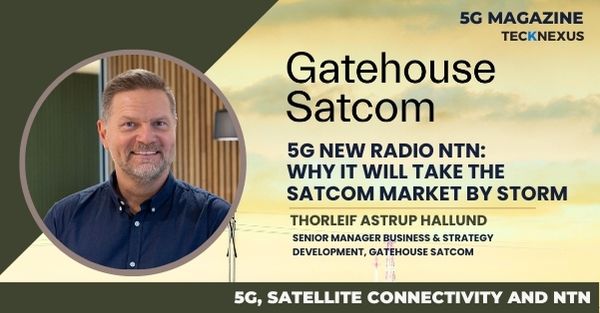Organizations globally are tapping into the vast potential of the Operational IoT market, from transforming weather monitoring in remote mines to ensuring safe drinking water in African communities. The real game-changer is the integration of reliable, cost-effective satellite connections, predicted to rise to tens of millions by 2030. These connections make it possible to transmit data periodically rather than in real-time, reducing costs and meeting the specific needs of industries like agriculture, shipping, and environmental monitoring. The challenge for Systems Integrators (SIs) is to ensure their Satellite IoT deployments are not only technologically viable but also commercially successful. Ensuring robust satellite coverage, cost-effective deployment, and prolonged battery life are essential to this business case. Forward-thinking SIs have already started their journeys, optimizing Satellite IoT solutions, proving its business worth, and preparing for large-scale deployments.



